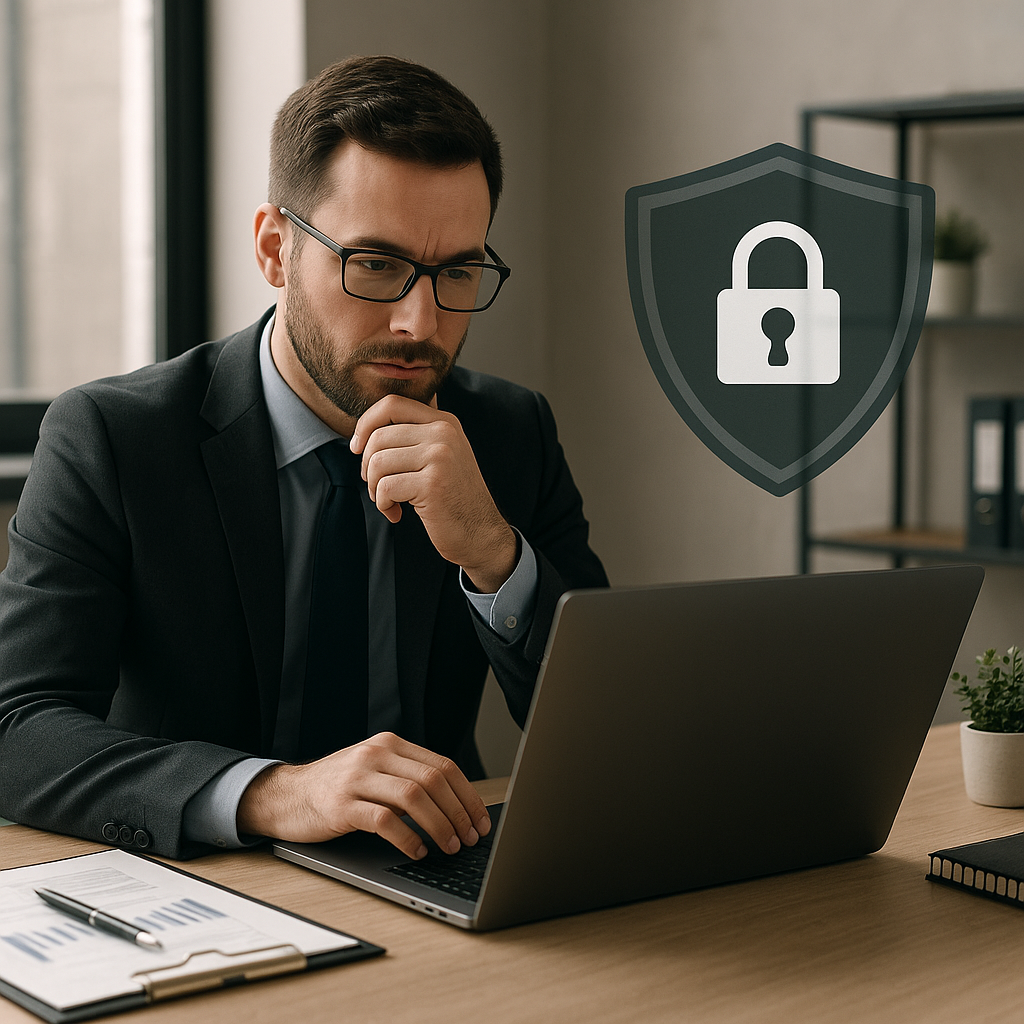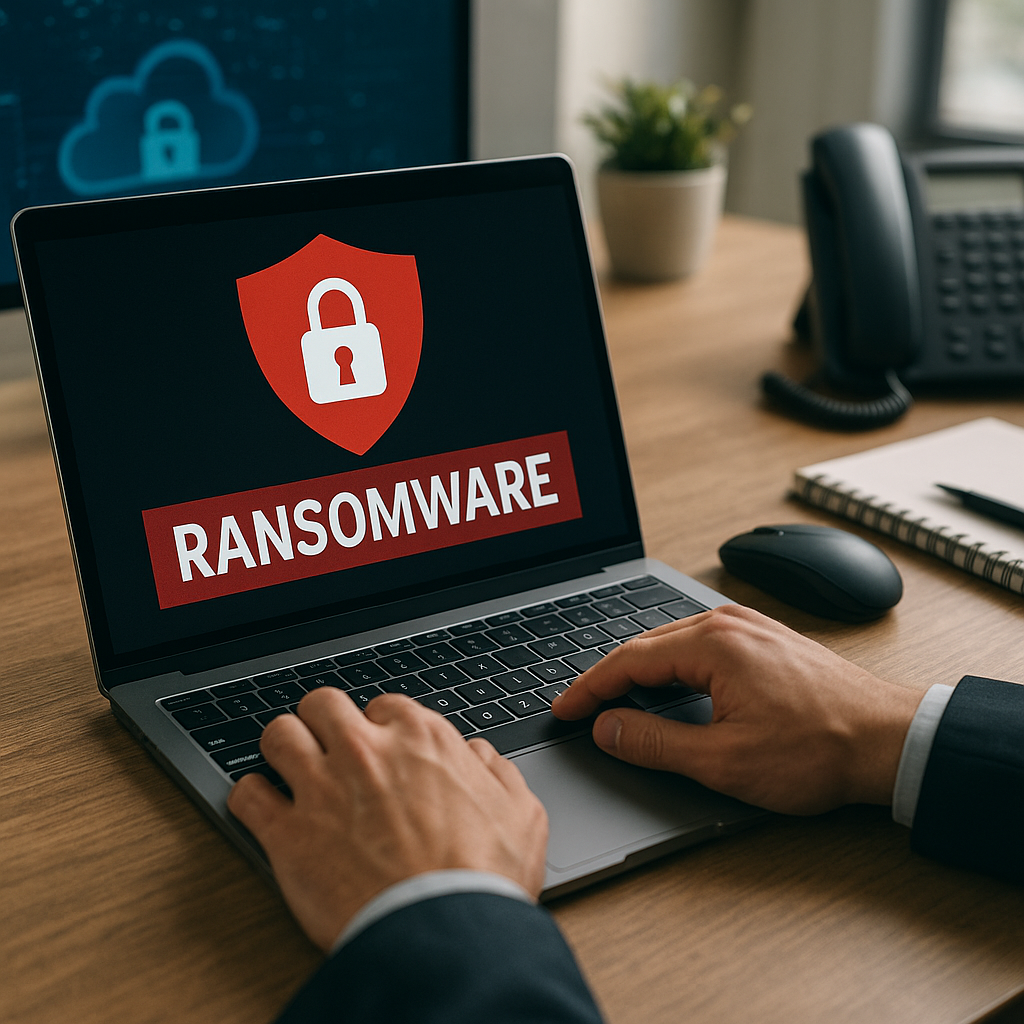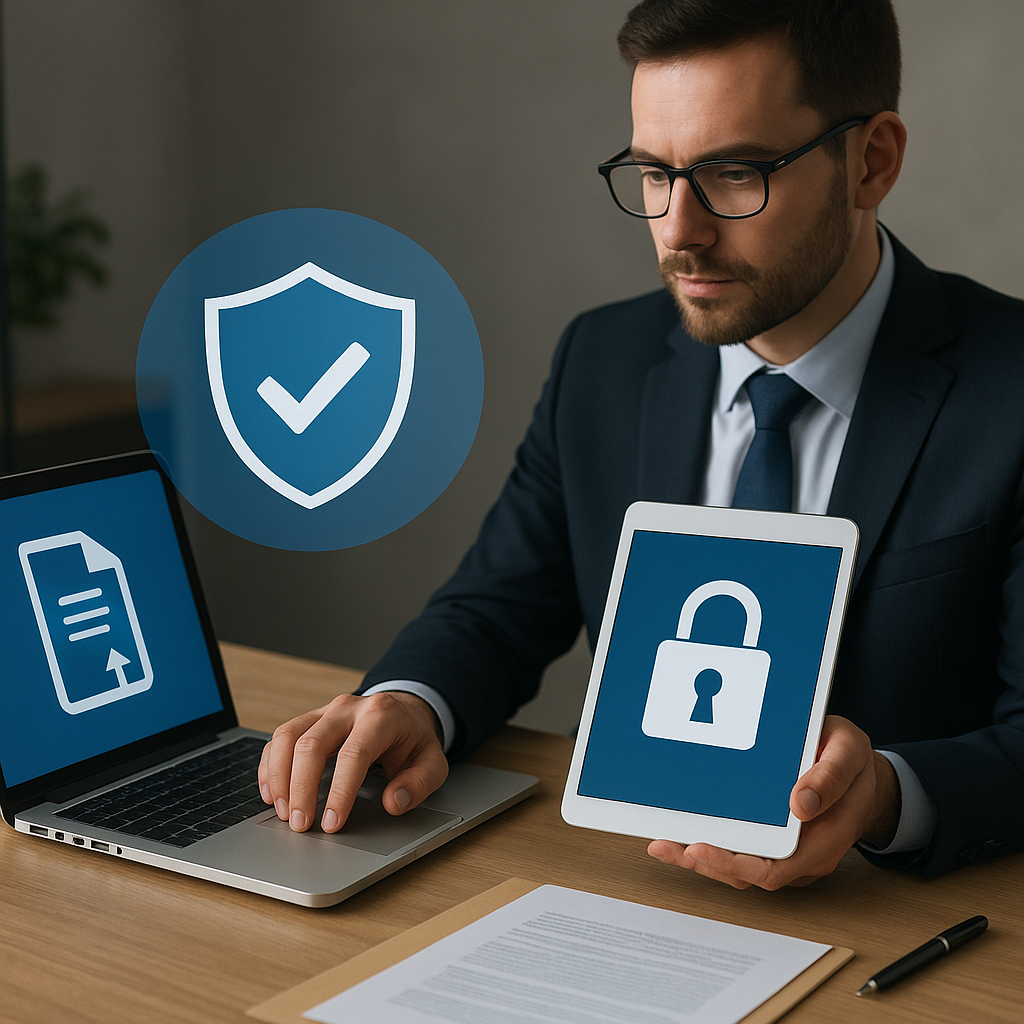In an era where smart devices are becoming an integral part of our daily lives, ensuring their security is paramount. The convenience offered by these devices often comes with vulnerabilities that can be exploited by unauthorized users. This article delves into effective strategies to protect your smart devices from unauthorized access, ensuring your personal information and privacy remain intact.
Understanding the Risks of Smart Devices
Smart devices, ranging from smartphones and tablets to smart home appliances and wearables, are designed to connect to the internet and communicate with each other. While this connectivity enhances functionality and user experience, it also opens up potential security risks. Understanding these risks is the first step in safeguarding your devices.
Common Vulnerabilities
Smart devices can be susceptible to various types of attacks, including:
- Weak Passwords: Many users opt for default or easily guessable passwords, making it easier for hackers to gain access.
- Unsecured Networks: Connecting devices to public Wi-Fi networks can expose them to unauthorized access.
- Outdated Software: Failing to update device firmware and software can leave vulnerabilities unpatched.
- Insecure Protocols: Some devices may use outdated or insecure communication protocols, making them easier targets for attackers.
Potential Consequences
The consequences of unauthorized access to smart devices can be severe. They may include:
- Data Theft: Personal information, including financial data and passwords, can be stolen.
- Privacy Invasion: Unauthorized users may gain access to cameras and microphones, leading to privacy breaches.
- Device Manipulation: Hackers can take control of smart home devices, potentially leading to dangerous situations.
- Identity Theft: Stolen personal information can be used for identity theft, resulting in financial loss and damage to credit scores.
Strategies for Protecting Your Smart Devices
To mitigate the risks associated with smart devices, implementing robust security measures is essential. Here are several strategies to enhance the security of your devices:
1. Use Strong, Unique Passwords
One of the simplest yet most effective ways to protect your smart devices is by using strong, unique passwords. Avoid using default passwords and create complex combinations of letters, numbers, and symbols. Consider using a password manager to help generate and store secure passwords.
2. Enable Two-Factor Authentication (2FA)
Two-factor authentication adds an extra layer of security by requiring a second form of verification in addition to your password. This could be a text message code, an email confirmation, or a biometric scan. Enabling 2FA on your smart devices can significantly reduce the risk of unauthorized access.
3. Keep Software Updated
Regularly updating the firmware and software of your smart devices is crucial for security. Manufacturers often release updates to patch vulnerabilities and improve security features. Enable automatic updates whenever possible to ensure your devices are always protected.
4. Secure Your Wi-Fi Network
Your home Wi-Fi network is the gateway to your smart devices. To secure it:
- Change the Default Network Name (SSID): Avoid using identifiable information in your SSID.
- Use WPA3 Encryption: Ensure your network uses the latest encryption standards.
- Disable WPS: Wi-Fi Protected Setup can be a security risk; disable it if not needed.
- Set a Strong Wi-Fi Password: Use a complex password for your Wi-Fi network to prevent unauthorized access.
5. Monitor Connected Devices
Regularly check the list of devices connected to your network. Most routers provide an interface to view connected devices. If you notice any unfamiliar devices, take immediate action to secure your network.
6. Use a Virtual Private Network (VPN)
A VPN encrypts your internet connection, making it more difficult for hackers to intercept your data. Using a VPN, especially when connecting to public Wi-Fi networks, can help protect your smart devices from unauthorized access.
7. Disable Unused Features
Many smart devices come with features that may not be necessary for your use. Disabling features such as remote access, voice activation, or location tracking can reduce the potential attack surface for hackers.
8. Educate Yourself and Your Family
Awareness is key to security. Educate yourself and your family about the risks associated with smart devices and the importance of following security best practices. Encourage everyone to be vigilant and report any suspicious activity.
Conclusion
As smart devices continue to evolve and integrate into our lives, the importance of securing them cannot be overstated. By understanding the risks and implementing effective security measures, you can protect your devices from unauthorized access and safeguard your personal information. Remember, security is an ongoing process that requires vigilance and proactive measures. Stay informed, stay secure, and enjoy the benefits of your smart devices without compromising your safety.




